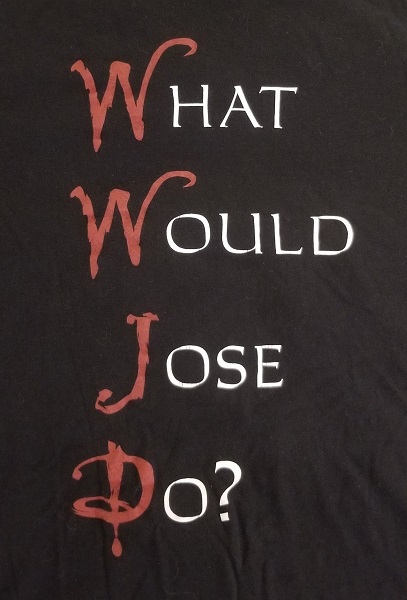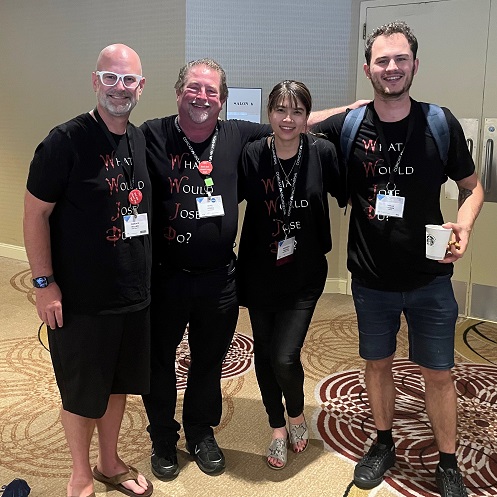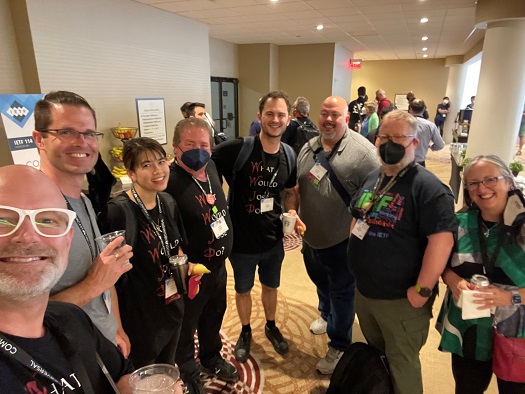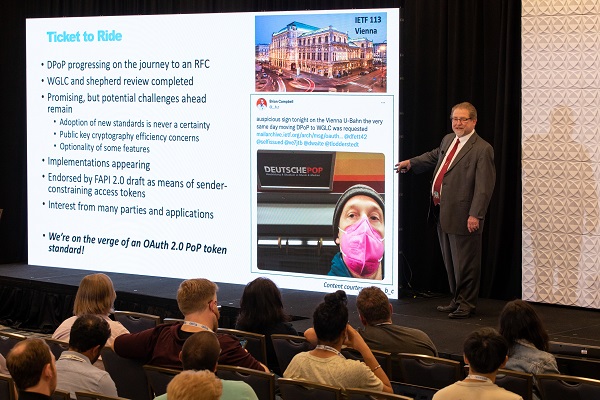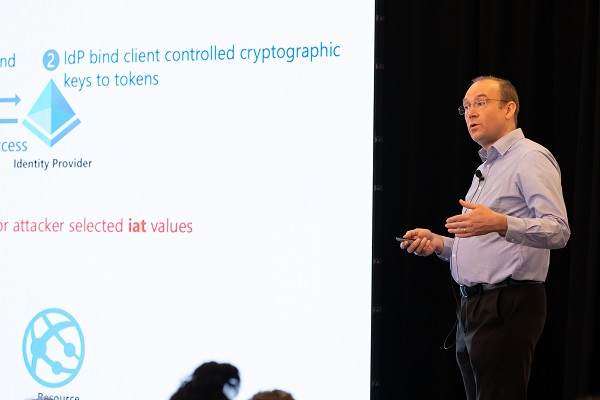 Following a call for adoption by the restarted JSON Object Signing and Encryption (JOSE) Working Group, I’m pleased to report that the three initial working group specifications have been published. They are:
Following a call for adoption by the restarted JSON Object Signing and Encryption (JOSE) Working Group, I’m pleased to report that the three initial working group specifications have been published. They are:
JSON Web Proof, with abstract:
This document defines a new container format similar in purpose and design to JSON Web Signature (JWS) called a JSON Web Proof (JWP). Unlike JWS, which integrity-protects only a single payload, JWP can integrity-protect multiple payloads in one message. It also specifies a new presentation form that supports selective disclosure of individual payloads, enables additional proof computation, and adds a protected header to prevent replay and support binding mechanisms.
JSON Proof Algorithms, with abstract:
The JSON Proof Algorithms (JPA) specification registers cryptographic algorithms and identifiers to be used with the JSON Web Proof (JWP) and JSON Web Key (JWK) specifications. It defines several IANA registries for these identifiers.
JSON Proof Token, with abstract:
JSON Proof Token (JPT) is a compact, URL-safe, privacy-preserving representation of claims to be transferred between three parties. The claims in a JPT are encoded as base64url-encoded JSON objects that are used as the payloads of a JSON Web Proof (JWP) structure, enabling them to be digitally signed and selectively disclosed. JPTs also support reusability and unlinkability when using Zero-Knowledge Proofs (ZKPs).
Thanks to Jeremie Miller and David Waite for helping us get there!

 The OAuth 2.0 Demonstrating Proof-of-Possession at the Application Layer (DPoP) specification was approved by the IESG and is now in the hands of the RFC Editor in preparation for publication as an RFC. In a related development, the multiple
The OAuth 2.0 Demonstrating Proof-of-Possession at the Application Layer (DPoP) specification was approved by the IESG and is now in the hands of the RFC Editor in preparation for publication as an RFC. In a related development, the multiple 